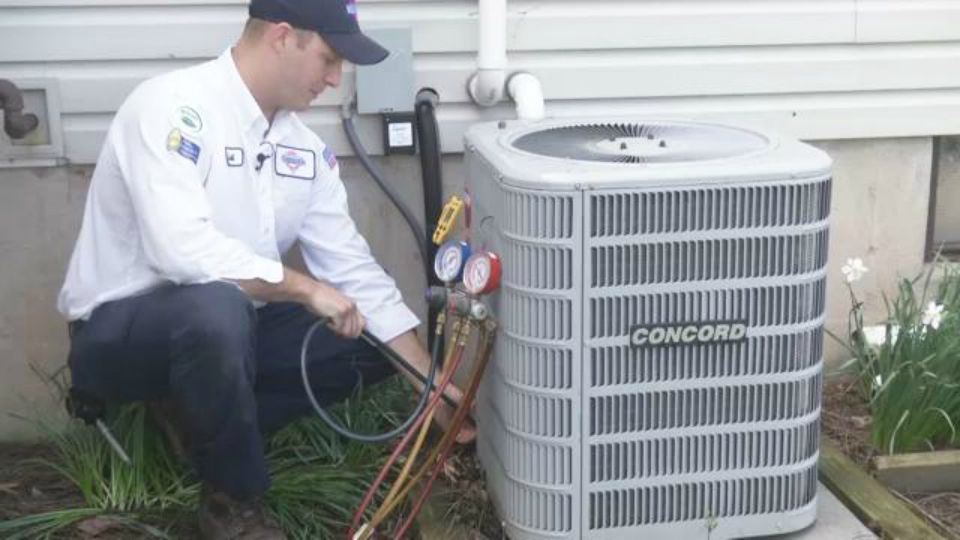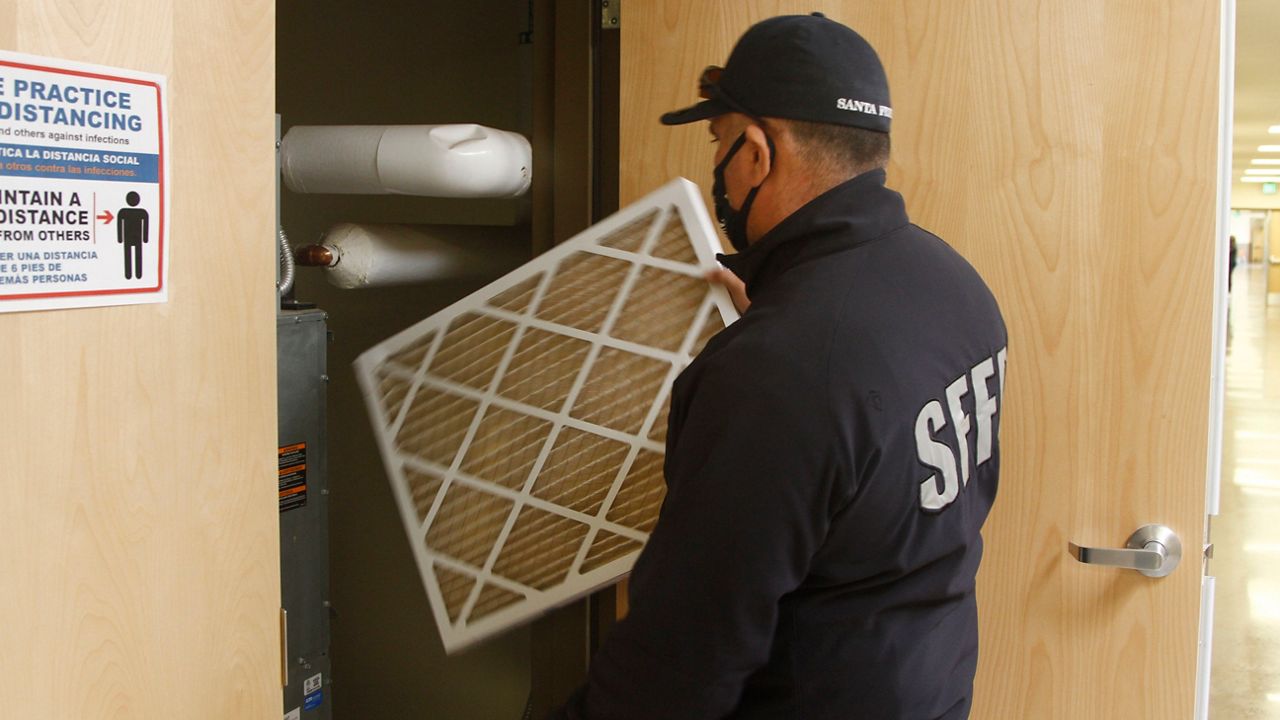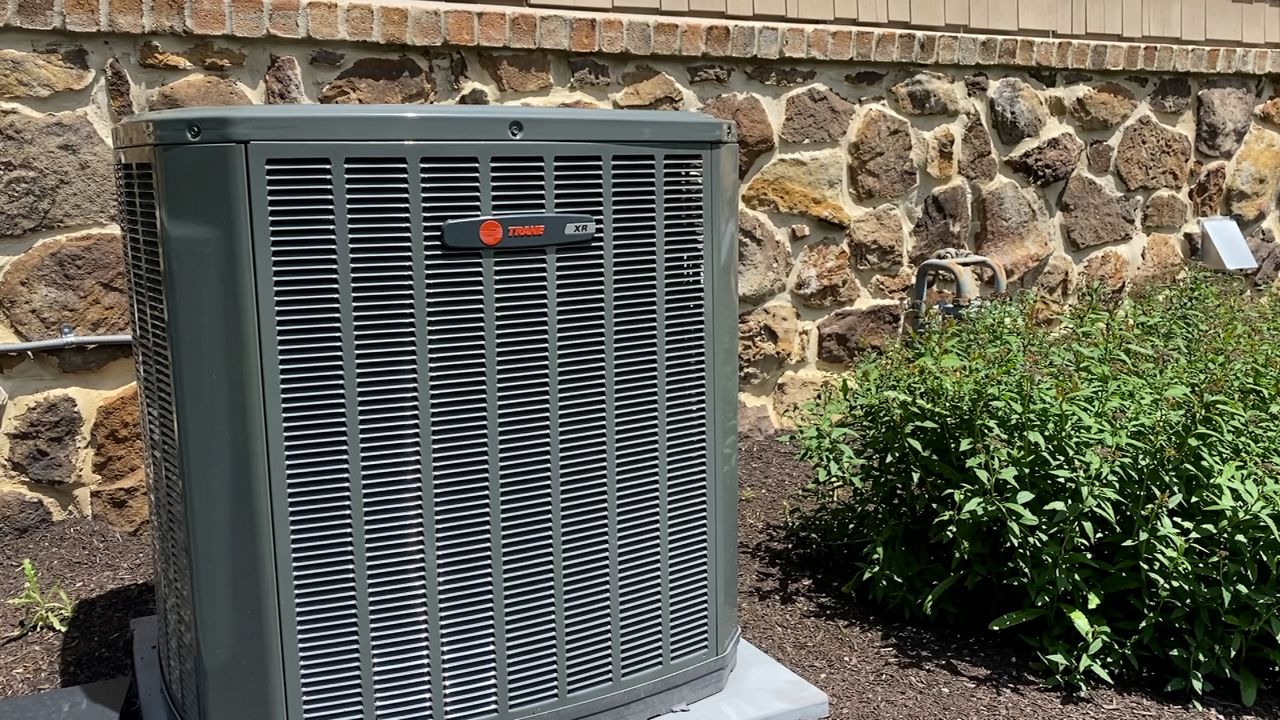If you’ve taken even two steps outside in the last couple of weeks, you’ve noticed… it’s hot!
We haven’t even officially rolled into summer, and many Texas cities have already seen a handful of triple digit days from not one but two heat wave domes that parked over the Lone Star state.
We don’t have a way to relocate the heat, but there are some things you can do to keep yourself from sweating it out this summer.
You can either A) find a pool and stay in it through August, or B) fine-tune your home AC unit so it's in tiptop shape to battle Mother Nature this summer.
Let’s focus on option B and make sure you’re doing all you can to get your AC ready to win the war against our scorching Texas heat!
First, walk outside (preferably in the early morning hours around sunrise when it’s coolest) and look over your units.
Feel the air blowing out from the top of the unit. Is it hot or cold?
If it’s hot, your condenser is running efficiently. If it’s cold, then you have a problem, and you’ve probably noticed that it’s not cooling so great inside your home.
There could be several reasons for this: a dirty air filter, leaky refrigerant or low refrigerant, the compressor capacitor is defective or, if you have a heat pump, your cycle valve could be stuck in reverse.

While here, take note of the size of your unit(s) and do a quick calculation to make sure your AC units can cool the square footage of your home. A general rule of thumb in Texas is for every 600 square feet, you need 1 ton of AC.
For example, I have two AC units. One is a 3 ton unit, and the other is a 1.5 ton unit. So my units can support a 2,700 square foot home. Our home is 3,600 square feet, so that might be why my systems struggle to keep up in the dead of summer.
Luckily, our attics are fully encapsulated, so our contractor weighted that into the AC equation while building the home, but we might face an upgrade in the future. (Bummer, dude!)
Next, check the insulation of your metal piping. Is it cool to the touch? It should be. If it's warm, usually it isn't protected enough and you should look for rips or tears in the insulation.
It’s also important to do a visual scan of the area around the outside units and clear any debris or leaves obstructing the airflow.
Now it’s time to head indoors! On your way to the inside units, take note of the air vents throughout your home. Are they putting off a solid flow of air? Are they pushing air flow in the best direction? Small adjustments in air flow at these junctures can make a noticeable difference when it comes to your comfort.
And many forget you only need one air filter, either within the attic unit or at the main intake, not both, or you can choke your system and possibly freeze up the unit. How well would you breathe with two N-95 masks on?

Now it's time to head to the attic.
Many newer homes have foam insulation, helping to make your attic environment not feel like the surface of the sun. Some older homes don’t have that luxury, so prepare yourself to face temperatures up to 20-30 degrees warmer if you are in the heat of the day during the peak of summer.
Here is your checklist: unit condition, drip pan and filter. Get in, then get out. Again, you want to check the seams in the system ducting to make sure no air is escaping. Also check the insulation on the unit and make sure the drip pan isn’t full, rusty or leaking.
Did you know that a layer of tire undercoat or tree pruning sealant in the bottom of your drip pan makes a great rubbery barrier to keep your pan from rusting out or leaking? Check it out!
Lastly, make sure the filter is clean and inserted properly, flush with the metal brackets to hold it securely.
Most of the time, you’ll have some pretty obvious indicators when your unit has major issues. You’ll watch the thermostat skyrocket or, if you suddenly get a large utility bill in the mail, that’s sure to get your attention.
If you’ve done your due diligence by running through this checklist and you’re still having issues, it might be time to call the professionals for a service appointment.



